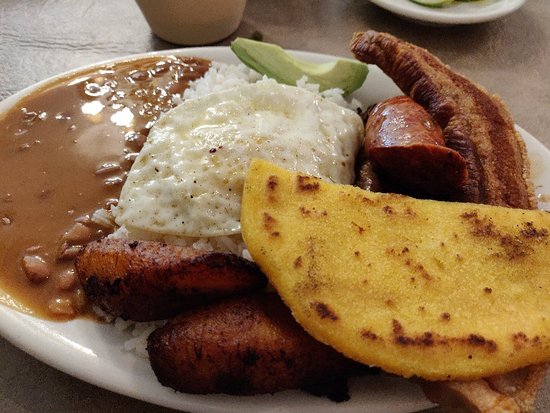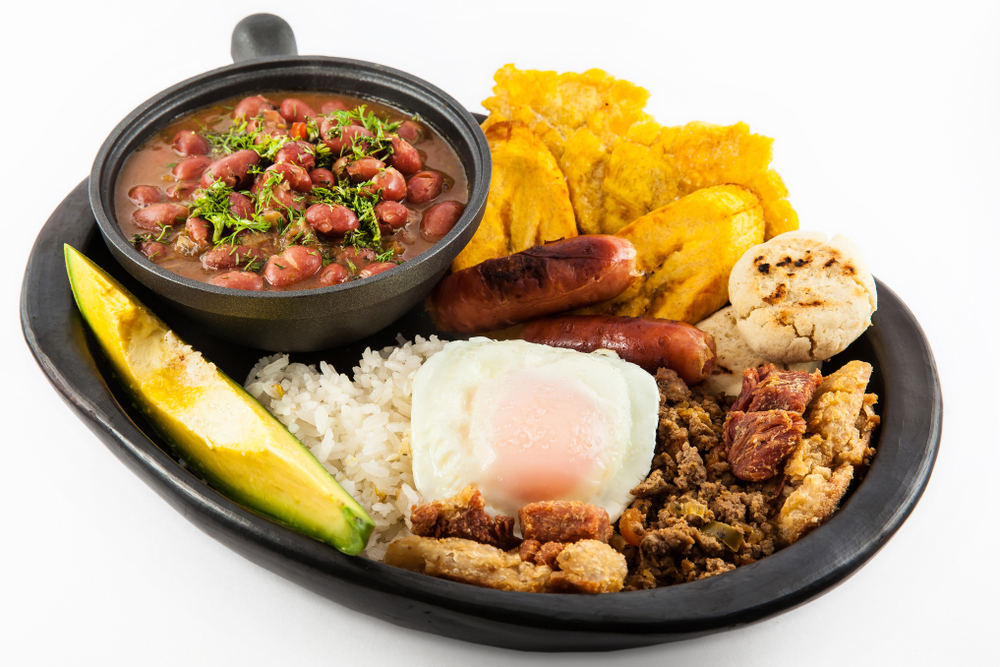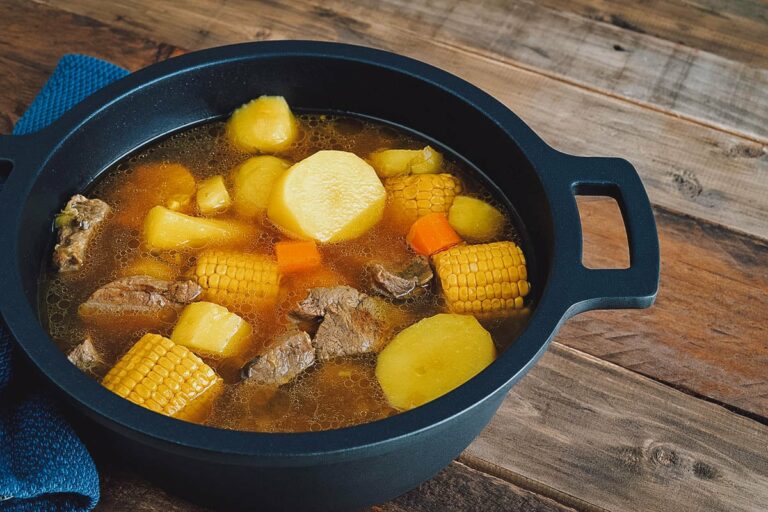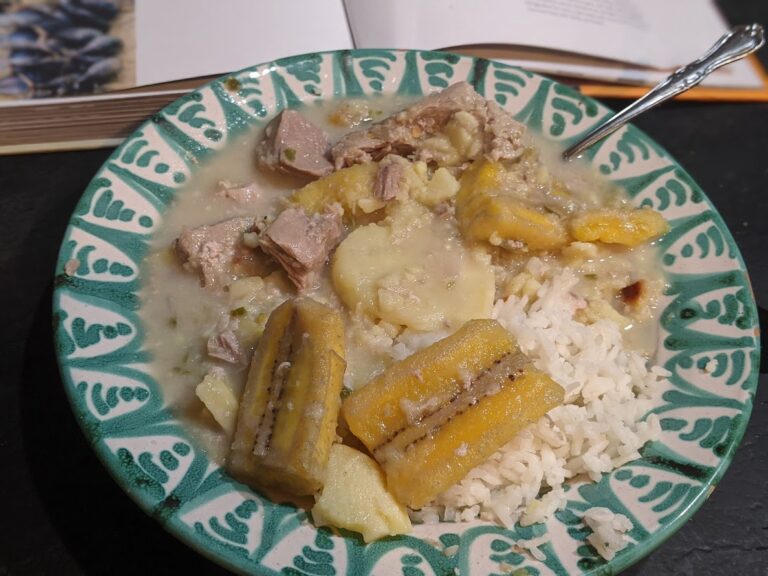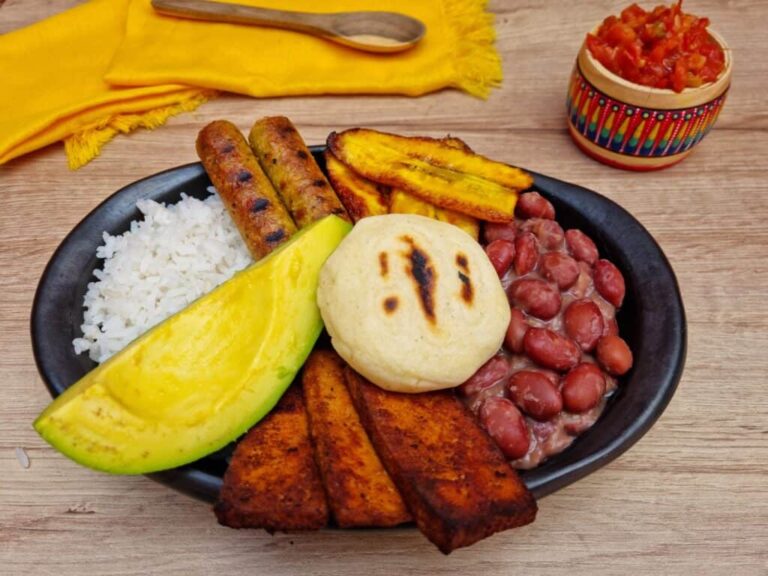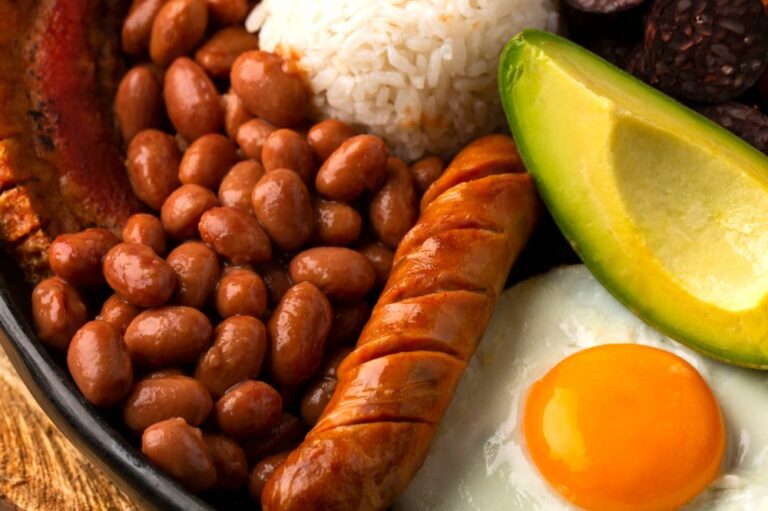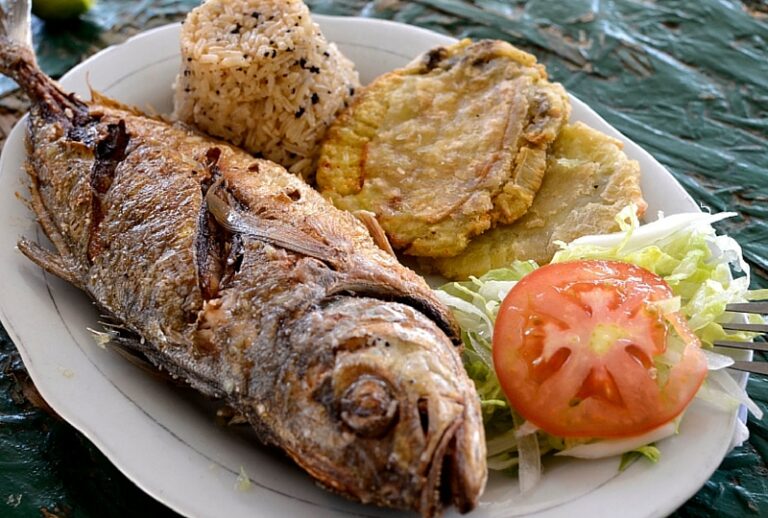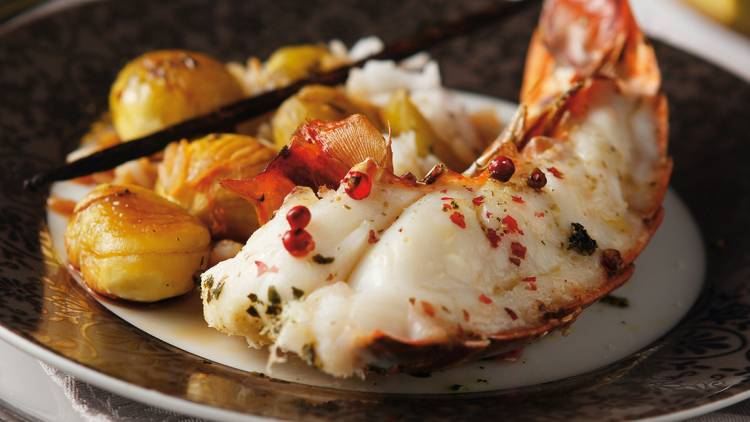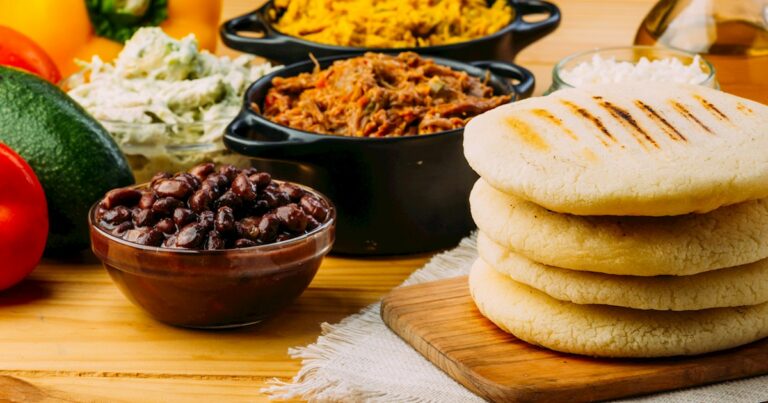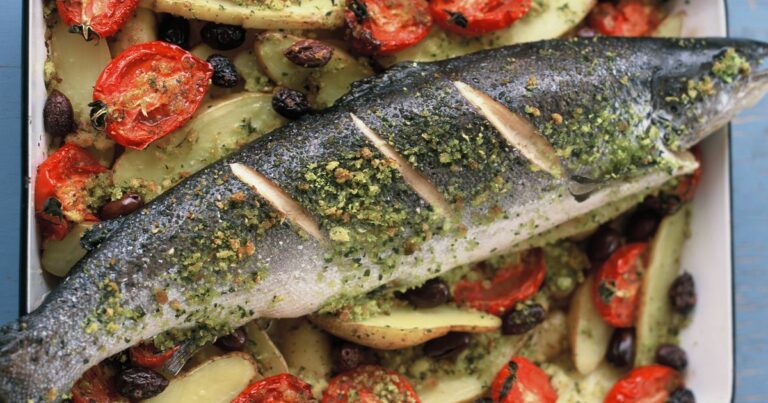Introduction
Colombian cuisine is a rich and varied reflection of the country’s diverse cultural heritage. One of its most popular and ubiquitous dishes is the arepa, a type of corn cake that is enjoyed across the country in a variety of forms. For those unfamiliar with this staple food, this article will provide an overview of the concept of arepas in Colombian cuisine, including their origins, types, and preparation methods.
What Are Arepas?
Arepas are a type of flatbread made from cornmeal or maize flour that is a staple food in many Latin American countries, particularly Colombia, Venezuela, and Panama. The dough is formed into small, round, disk-shaped cakes, which are cooked on a griddle, grill, or in a frying pan until golden brown. Arepas are typically served hot and can be eaten on their own as a snack or meal, or used as a base for toppings and fillings.
Origin of Arepas
The origin of arepas is shrouded in mystery, with various theories and legends surrounding their creation. Some say that they were first made by the indigenous people of the Andes Mountains, while others believe that they were brought over by Spanish colonizers and adapted to local tastes. Regardless of their origins, arepas have become an integral part of the cuisine of many Latin American countries and are enjoyed by millions of people around the world.
Types of Arepas
There are many different types of arepas, each with its own unique flavor, texture, and preparation method. Some of the most popular varieties include:
- Traditional arepas: made from cornmeal, salt, and water, and cooked on a griddle.
- Sweet arepas: made with sugar, cinnamon, and anise, and often served with cheese or butter.
- Arepas rellenas: stuffed with a variety of fillings, such as meat, cheese, or vegetables.
- Arepas de choclo: made with sweetcorn and often served with cheese or butter.
- Arepas de yuca: made with cassava flour and often served with garlic or cheese.
Arepas in Colombian Cuisine
Arepas are a staple food in Colombian cuisine and are enjoyed across the country in a variety of forms. They are often eaten for breakfast, lunch, or dinner and can be found at street stalls, markets, and restaurants throughout the country. Arepas are also commonly used as a base for other dishes, such as the popular dish of bandeja paisa, which consists of a large arepa topped with beans, rice, meat, plantains, and avocado.
Making Arepas
Making arepas is a relatively simple process that requires only a few ingredients and minimal preparation. To make traditional arepas, combine cornmeal, salt, and water in a mixing bowl and knead until a smooth dough forms. Divide the dough into small balls and flatten each one into a disk. Cook the arepas on a griddle or in a frying pan until golden brown on both sides. Arepas can also be made from other types of flour, such as sweetcorn or cassava flour, and can be cooked in a variety of ways, including baking, grilling, or frying.
Arepas Toppings and Fillings
Arepas can be enjoyed on their own or used as a base for a variety of toppings and fillings. Some popular toppings and fillings include:
- Cheese
- Avocado
- Meat (such as chicken or beef)
- Fried egg
- Plantains
- Beans
- Tomatoes and onions
The possibilities are endless, and there is no right or wrong way to enjoy an arepa.
Conclusion
Arepas are a delicious and versatile staple of Colombian cuisine, enjoyed by millions of people around the world. Whether you prefer them plain, sweet, or stuffed with your favorite toppings, arepas are a tasty and satisfying way to experience the flavors of Latin America. So why not try making some arepas at home and discover the magic of this beloved dish for yourself?

